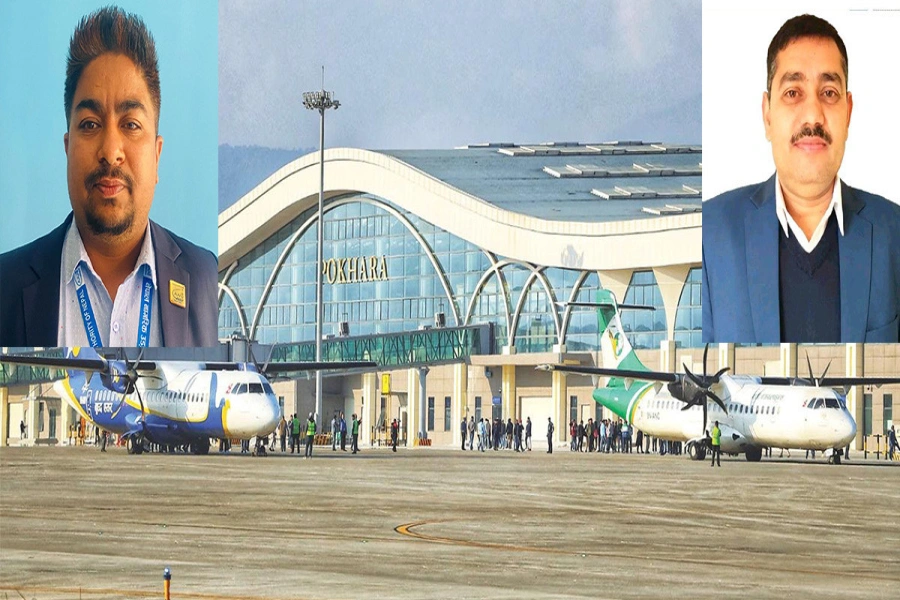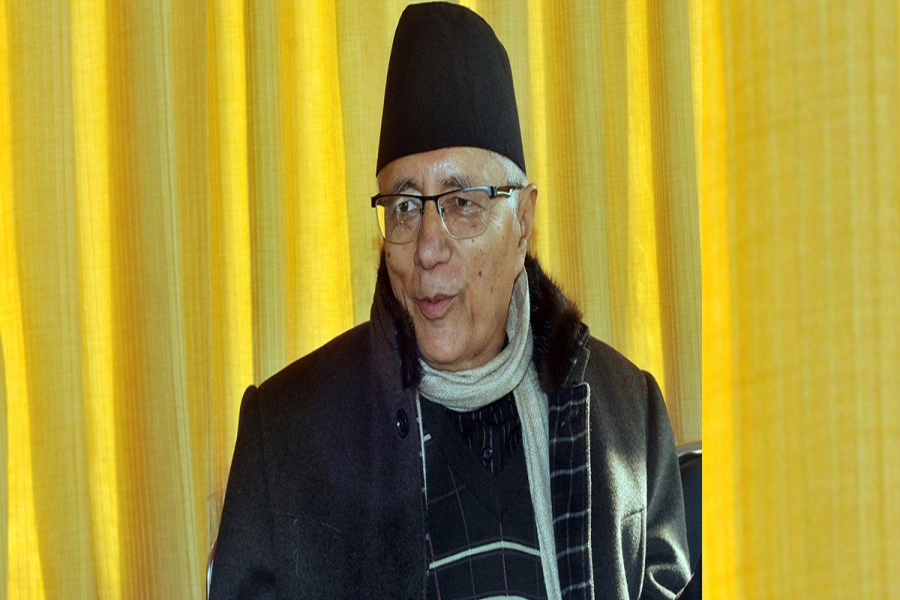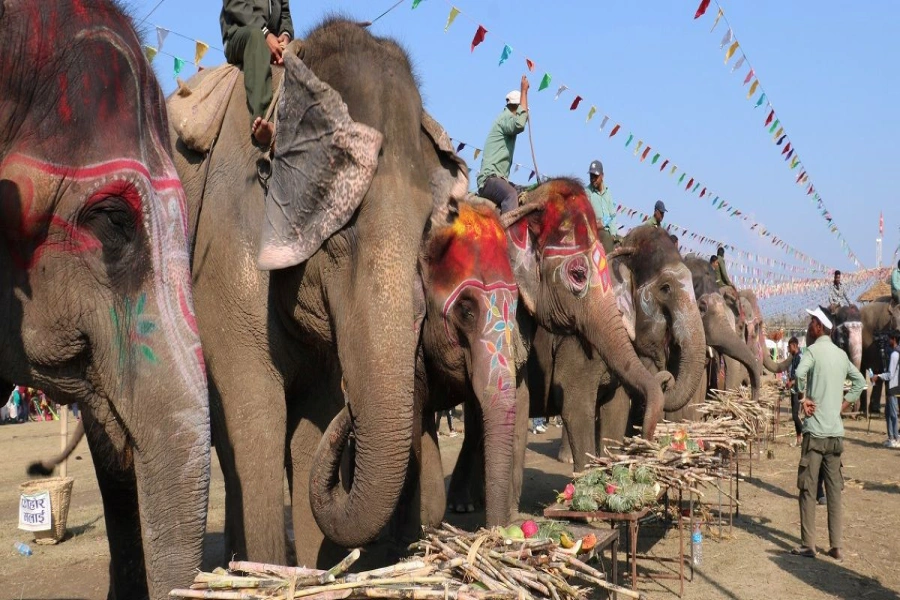KATHMANDU, March 14: Nepal Oil Corporation (NOC) has started importing petrol from India through a pipeline. The NOC has been transporting diesel via the Motihari-Amlekhgunj petroleum pipeline since 2017 and has now expanded its use to include petrol. Earlier, tankers transported petroleum products.
After completing the necessary infrastructure at its Madhesh Province office in Bara, Amlekhgunj, NOC switched to pipeline-based petroleum imports. Pralayankar Acharya, chief of NOC's Madhesh Province office in Bara, said the corporation adopted the pipeline system as an alternative to tankers. "Transporting petrol through the pipeline reduces costs," Acharya said. "The pipeline has brought significant benefits."
Despite starting regular petrol imports through the pipeline, NOC has yet to formally inaugurate the system.
The second phase of the Motihari-Amlekhgunj Petroleum Pipeline project has involved constructing necessary infrastructure, including storage facilities in Amlekhgunj, with an investment of about 128 crore INR (around Rs 2.04 billion).
The governments of Nepal and India developed the project with the support of the Indian Oil Corporation (IOC). In January 2023, IOC began collaborating on the second phase of the Motihari-Amlekhgunj pipeline project.
NOC starts constructing storage facility in Amlekhgunj to impor...

Chandika Prasad Bhatta, Executive Director of NOC, explained that the corporation built the pipeline to solve various problems associated with transporting petroleum products by tankers, such as losses, long transportation times, high costs, environmental pollution, traffic jams, road damage, and shortages in the market during disruptions.
"Since we began transporting petrol, diesel, and kerosene through the pipeline from India, the country has gained technical, economic, social, and environmental benefits," Bhatta stated.
In the second phase of the pipeline project, the corporation developed infrastructure, including storage facilities, to fully automate the operation of the Amlekhgunj depot. The petrol storage capacity at the Amlekhgunj depot now stands at 17,490 kiloliters.
The storage capacity for diesel has reached 25,590 kiloliters, and the kerosene storage capacity has reached 2,270 kiloliters. In the second phase of the project, with IOC's support, the construction of two petrol storage tanks, each with a capacity of 4,100 kiloliters, and two transmix tanks with a capacity of 250 kiloliters has been completed. Additionally, Nepal Oil Corporation has built a 5,000-kiloliter petrol storage tank and a 5,000-kiloliter diesel fuel storage tank using its funds.
The storage tanks are equipped with a firefighting system, including foam, to prevent potential accidents. Two water tanks, each with a capacity of 300 kiloliters, have also been constructed. The infrastructure at the Amlekhgunj depot, established in 1973, has been developed to fully automate its operations.
NOC has constructed 24 fully automated WECO units for diesel and petrol loading, equipped with both top-loading and bottom-loading facilities. The corporation has used advanced technology to build the state-of-the-art TLF shed for loading diesel and petrol. The TLF shed features eight top-loading and seven bottom-loading systems for petrol, fourteen top-loading and four bottom-loading systems for diesel, and one top-loading system for kerosene.
Previously, the corporation used a manual system where workers measured and loaded petrol and diesel into tankers using dipping rods. Chief Acharya explained that the corporation has now replaced the old manual system with an automated system, which measures quantities and loads products using computer systems. "Amlekhgunj has become the first oil depot of Nepal Oil Corporation to operate fully on automation," Acharya said.
Now, drivers can enter only after obtaining a gate pass and scanning their cards according to the "loading-way" system. Tanker drivers scan their cards at the loading way and fill their tankers with diesel or petrol independently. The corporation has built infrastructure, including a state-of-the-art lab, buildings with electrical equipment, a pump house, and pipelines.
The NOC has started importing diesel, petrol, and kerosene at different times through the same pipeline from the IOC depot in Motihari. After importing diesel through the pipeline, the corporation introduces petrol by mixing commercial kerosene (PCK) into the pipeline. Additionally, the NOC has established a modern laboratory at the depot to maintain fuel quality.
The Motihari-Amlekhgunj pipeline stretches 69.2 kilometers, with 33 kilometers in India and 36.2 kilometers in Nepal. The pipeline can import 300 kiloliters of petroleum per hour. After importing through the pipeline, the NOC's Madhes Province office in Amlekhgunj sells about 600 kiloliters of petrol and 1,500 kiloliters of diesel daily.
The NOC stores the diesel and petrol brought from Motihari in Amlekhgunj and supplies them to depots in Kathmandu, Pokhara, Bhairahawa, Janakpur, as well as Chitwan, Tanahun, Makwanpur, Lamjung, Gorkha, Nawalparasi East, Bara, Parsa, Rautahat, Dhading, and 26 other districts. Since the pipeline started importing diesel and petrol, fuel supply has become more accessible. This system will ease fuel distribution during natural disasters, epidemics, blockades, and other emergencies. The NOC plans to extend the pipeline to Lothar in Chitwan.






































